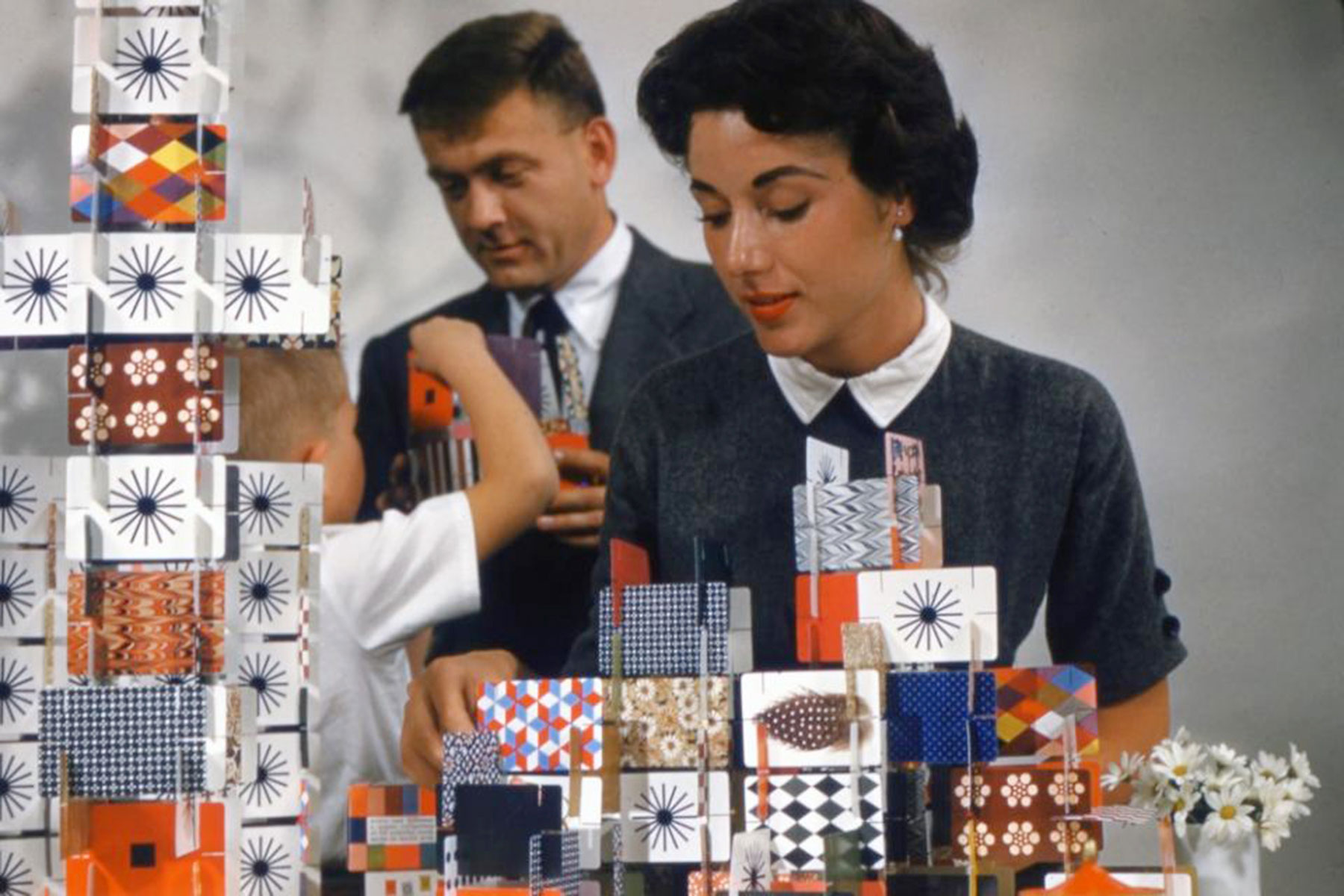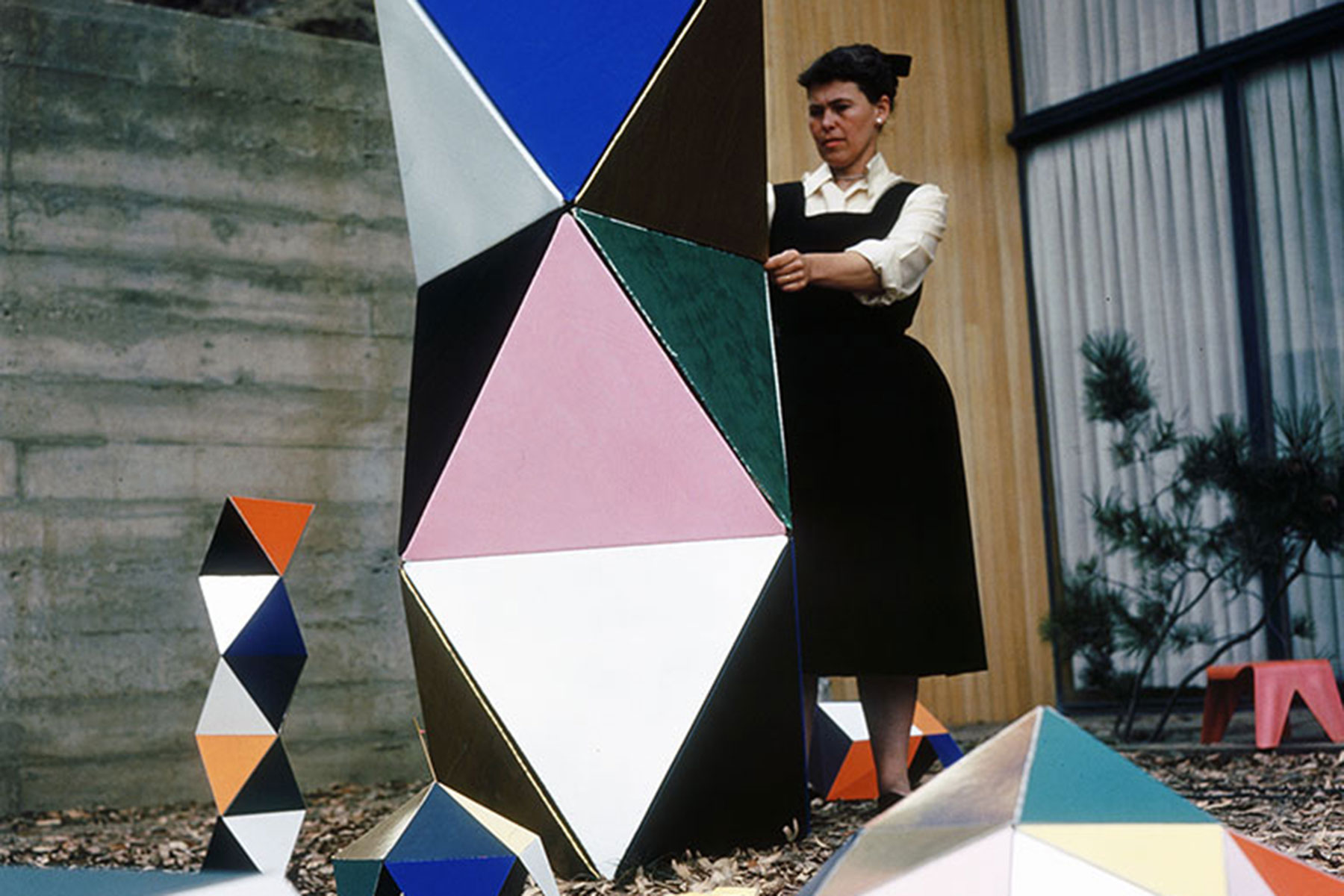
“Serious Play: Design in Midcentury America,” an exhibition presenting the concept of playfulness in postwar American design as a catalyst for creativity and innovation, opens September 28 at the Milwaukee Art Museum.
Co-organized by the Milwaukee Art Museum and the Denver Art Museum, Serious Play includes over 200 works. By showcasing iconic objects such as Irving Harper’s Ball Clock for Howard Miller Clock Company and Charles and Ray Eames’s Storage Units (ESUs) for Herman Miller Furniture Company, the exhibition encourages visitors to think about how design connects to their daily lives.
“While midcentury American design may be familiar to some audiences, this exhibition sheds light on work by many designers from the perspective that play can be a serious form of experimentation,” said co-curator Monica Obniski, Demmer Curator of 20th- and 21st-Century Design, Milwaukee Art Museum. “The spirit of play, and its importance to the cultural production of the period, is evidenced by the playful domesticity of Alexander Girard’s storage walls and table settings, as well as by the inventiveness of architects, such as Anne Tyng, who designed modular building toys to encourage creativity in children.”
In conjunction with “Serious Play,” thousands of giant cards originally designed by Ray and Charles Eames and decorated by individuals through the community will be constructed into large-scale sculptures by local artist Ray Chi and installed in Windhover Hall and the East End.
“Today, we take the idea of fun as being a critical part of commerce for granted,” said co-curator Darrin Alfred, Curator of Architecture, Design and Graphics, Denver Art Museum. “An airline’s whimsical identity or a corporation’s belief that creativity should be unrestrained and unburdened—these approaches don’t surprise us in the same way because companies like Alcoa, Braniff and Herman Miller challenged designers to surprise the world through imagination and delight.”
“Serious Play” will be on view at the Milwaukee Art Museum from September 28 through January 6, 2019.
“Design is highly approachable for our visitors, especially today when people are surrounded by more thoughtfully designed experiences than ever before. This exhibition is not only an opportunity to highlight this pivotal moment in design history, but also engage visitors in a new way,” said Marcelle Polednik, Ph.D., Donna and Donald Baumgartner Director, Milwaukee Art Museum.
© Photo
Milwaukee Art Museum















